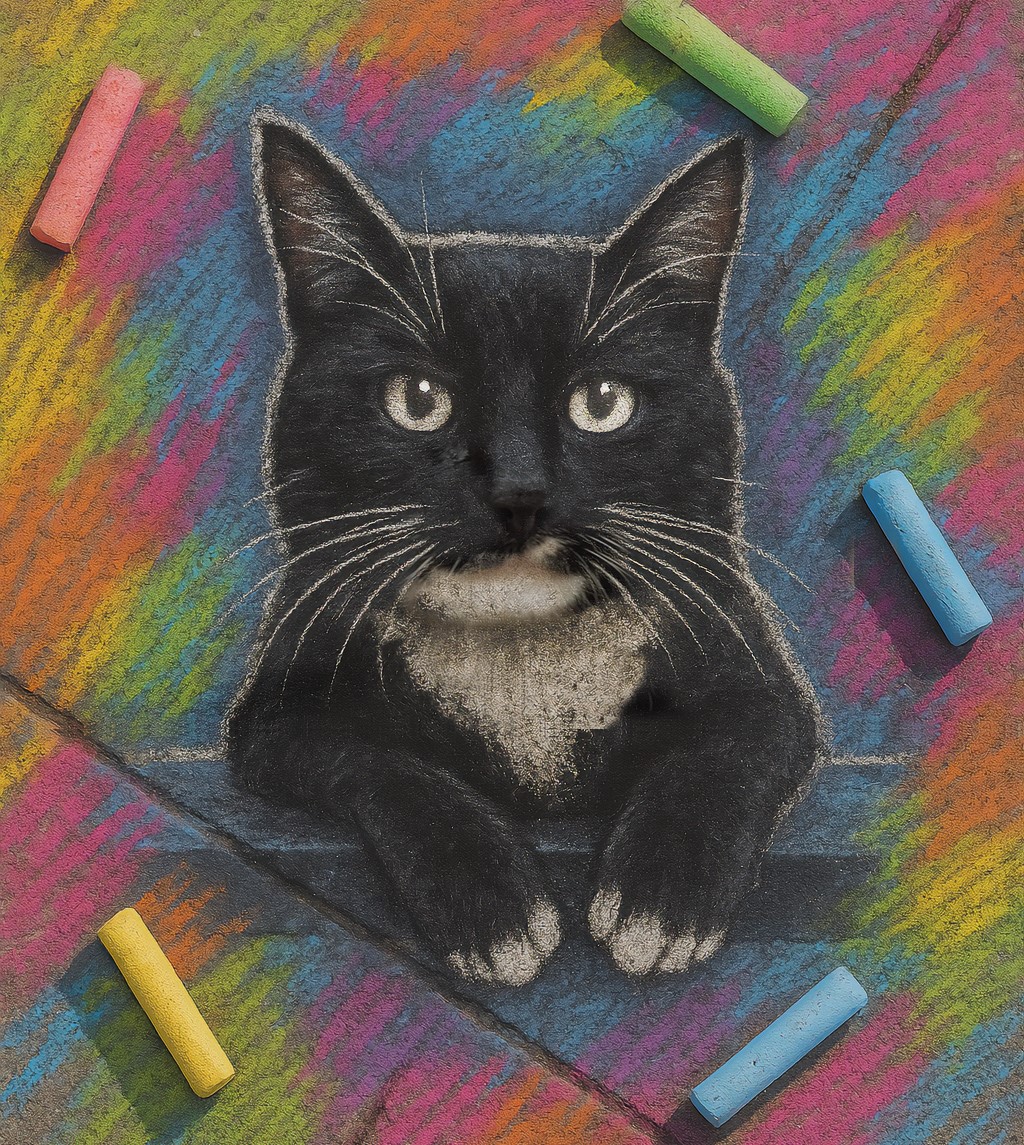Some information may be outdated.
While dinosaur remains can be fragmented and hard to find, the remains of several reptile species from the Cretaceous Period (65-75 million years ago) are extremely abundant.
Science Moab talked to Josh Lively, curator of paleontology at the Utah State University Eastern Prehistoric Museum in Price, about his work with these ancient reptiles. Lively started by studying freshwater turtles whose remains can be found in the Grand Staircase Escalante National Monument in Utah, and then went on to study a genus of marine lizard known as a mosasaurs. We start with the turtles…
Lively: Some of the turtles I worked on are known only from [fossils in] the Kaiparowits Formation, so some of them seem to have been endemic or restricted to what is today southern Utah during the Cretaceous. One of the things I found is a kind of mixture of turtles that were found in southern Utah, New Mexico, Texas. Some species have only been found in southern Utah.
Science Moab: These are freshwater turtles, so they’re in bodies of water like lakes and rivers. How similar are they to a turtle we’d find in freshwater today?
Lively: You know, that’s a really interesting question. Because in the history of turtle evolution, which spans well over 200 million years, once turtles evolve, they really find this body plan and stick with it. If you go back to the Cretaceous and you see a turtle, you’re gonna say, “oh, yeah, that’s a turtle.” There’s no question about it. We’re dealing with an ecosystem that was about 10 million years prior to the extinction of non-bird dinosaurs and you actually already have some groups of turtles that we see today.
Science Moab: At roughly the same time period, the large lizard-like mosasaurs are living in the seaway that spanned the whole of North America. Can you describe these creatures and what their typical day was?
Lively: Mosasaurs are really interesting to me because just like turtles in freshwater ecosystems, mosasaur fossils are actually very, very common in deposits left behind by the Western interior Seaway. When you have a larger sample size of fossils, you’re able to start asking more biological questions. Dinosaurs are great, but very often, we don’t get a big sample size of most dinosaur species there. But when it comes to things like turtles in a freshwater environment, or mosasaurs in the marine ecosystem, we just find tons of them.
Mosasaurs show up pretty late in the game as far as the Mesozoic goes. When I describe what they look like, I tell people to picture a Komodo dragon with flippers. The smallest mosasaurs are probably around one meter long. By the time you get to the end of the Cretaceous, one particular species of mosasaur is up to 17 meters long, pushing the size of a modern day sperm whale.
Science Moab: You mentioned finding these in Texas and New Mexico, but are they found in Utah as well?
Lively: So, mosasaur fossils have been very, very rarely found in Utah and that’s actually one of the exciting things for me. Mancos Shale [Mancos Shale is a geologic formation found in Utah, deposited in the Late Cretaceous. – ed.] represents the time when Utah was covered by the Western Interior Seaway. That’s where you’re going to find most of the mosasaurs in Utah. Not as many people have prospected the Mancos Shale as they have some of the other rock units in Utah, because most of the time when folks come to Utah, they’re looking for dinosaurs so they’re going to the Morrison Formation or the Kaiparowits Formation. Not a lot of folks have prospected the Mancos.
One of my colleagues, a paleontologist who’s actually one of the experts in Utah on ammonites, was out looking for fossils south of Price and found a marine reptile in a very hard concretion within the Mancos Shale: no one was interested in digging it up! He found this in 1988 and showed it to me earlier this year and, sure enough, there’s mosasaur teeth sticking out of this rock. It is probably going to be the first definitive mosasaur from Utah. So while mosasaurs really haven’t been found in Utah, I have a hunch—knock on wood—we will find a lot more.
Appreciate the coverage? Help keep local news alive.
Chip in to support the Moab Sun News.





